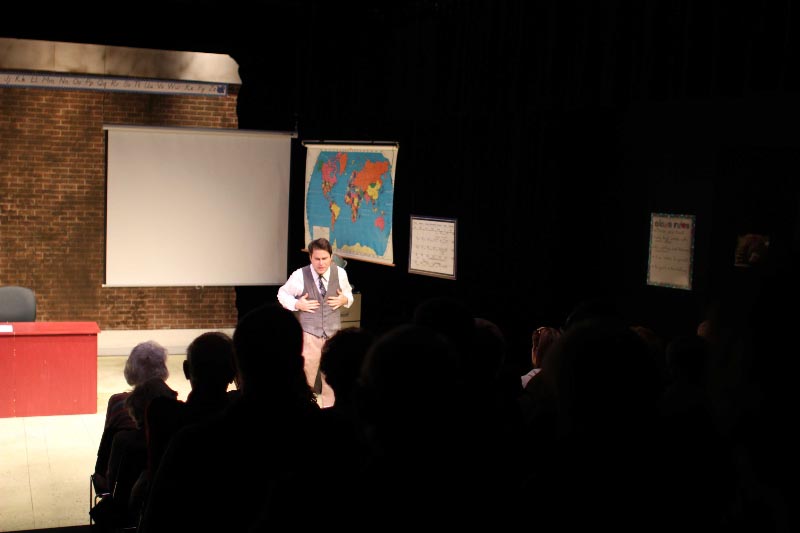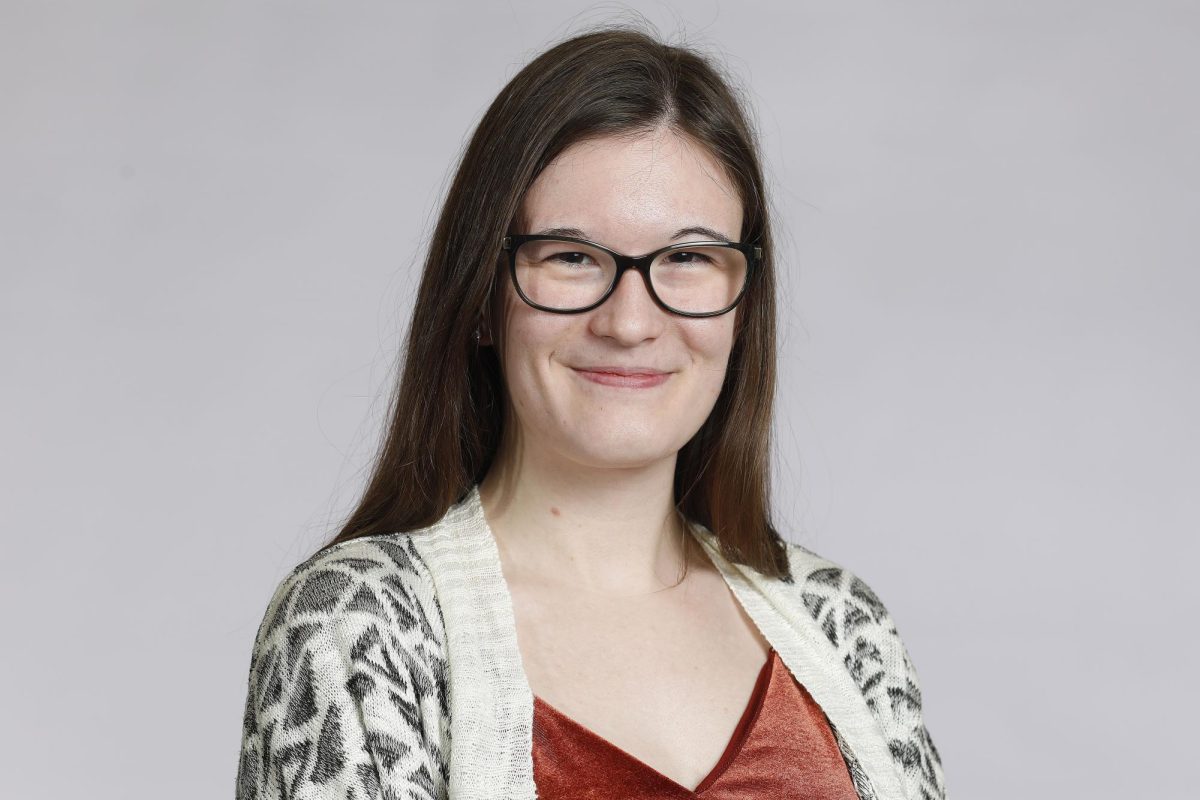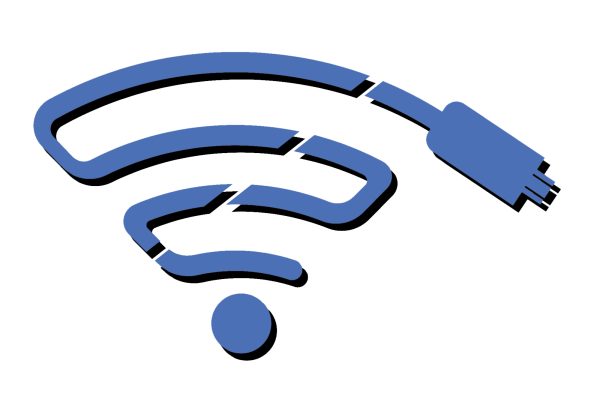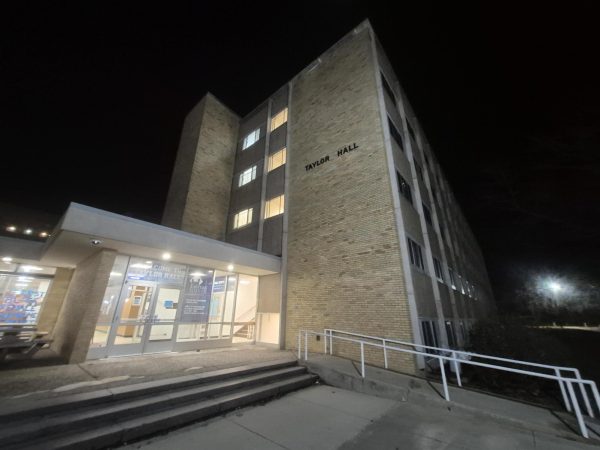Eastern’s baby: The story of David North
Nearly 58 years ago, Eastern had a baby. The baby’s name was David, and he did not have a known last name.
David had 12 mothers, but none of them were directly related to him. The year was 1954, and at the time, Eastern was known as Eastern Illinois State Teacher’s College.
This is the story of David North, Eastern’s famous baby who made headlines nationwide.
In 1954, Eastern did not have a family and consumer sciences department. Instead, it was home economics and trained women to become home economics teachers.
North was a part of the home management houses used by the department, where female students learned the domestic arts, such as child rearing, cooking and cleaning.
Eastern’s president at the time, Robert G. Buzzard, endorsed building the two identical homes dubbed North and South in 1948, four years before they opened, according to a website compiled by Brenda Kropen with the historical administration class of 2005-2006.
This was also the year when the program of raising a child in the houses during the academic year also came into effect, according to a March 1954 issue of The Eastern Alumnus.
North came to campus in 1954 as a 6-month-old and stayed the entire academic year.
He lived in the North house, which is how he got his last name.
Robert Hillman, the university archivist, said North’s biological last name was not released for privacy reasons.
Supposedly, only Ruth Schmalhausen, the director of the home management house, knew his real last name, Hillman said.
“Although it is possible that the university president knew as well, but he never said,” Hillman added.
North was loaned to the university by his mother, an unwed woman, who chose to lend her son to the university because she was unable to properly care for him at the time, according to a January 1954 Newsweek article.
Karla Kennedy-Hagan, the chairperson of the family and consumer sciences department, said in today’s world, North’s mother would have had the option to put him up for adoption or in foster care.
“What a strong mother to be able to do that, to realize she couldn’t care for him because she needed to find a job,” Kennedy-Hagan said. “The mother must have been pretty progressive, but it is not like she just left him and never came back.”
Part of the reason North’s story gained so much publicity at the time is because it was not without controversy.
Roman Haremski, superintendent of the Illinois State Child Welfare Division, was against the process because he believed having 12 “mothers” would disrupt North’s development and confuse the boy.
He also worried about the lack of a father figure. Haremski ordered an investigation of the program.
The school was defended by many including North’s doctor, William Hite.
“(North) has received physical care far superior to that given the best foundling homes and in most American homes,” Hite said in an interview with Newsweek in 1954.
In April 1954, the state gave up its fight but warned no state organization would aid the school in finding a child for the program.
Kennedy-Hagan said at the time of North’s stay, home management houses were commonplace in the U.S., and Schmalhausen had gotten the idea from Pennsylvania State University.
“In 1952, there was another child, Mary Ann North, who came when she was two weeks old,” Kennedy-Hagan said. “We don’t know many details about her other than there were no problems.”
Hillman said what is interesting is North could still be alive and not even know who he is if his mother never told him.
“A few years ago, we had a woman come forward and say she was one of the babies,” Hillman said “She visited campus, and there was an event.”
North’s whereabouts remain unknown.
Amy Wywialowski can be reached at 581-2812 or alwywialowski@eiu.edu.

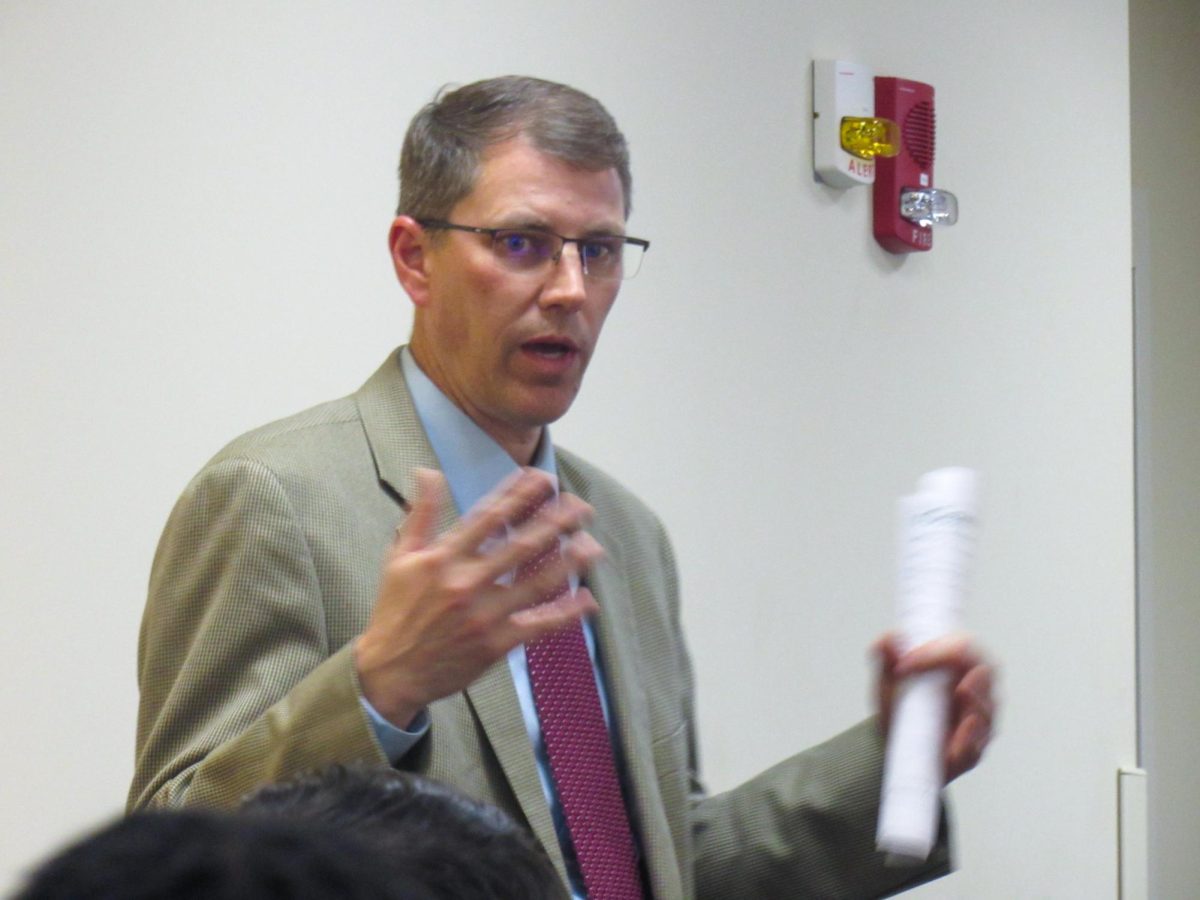
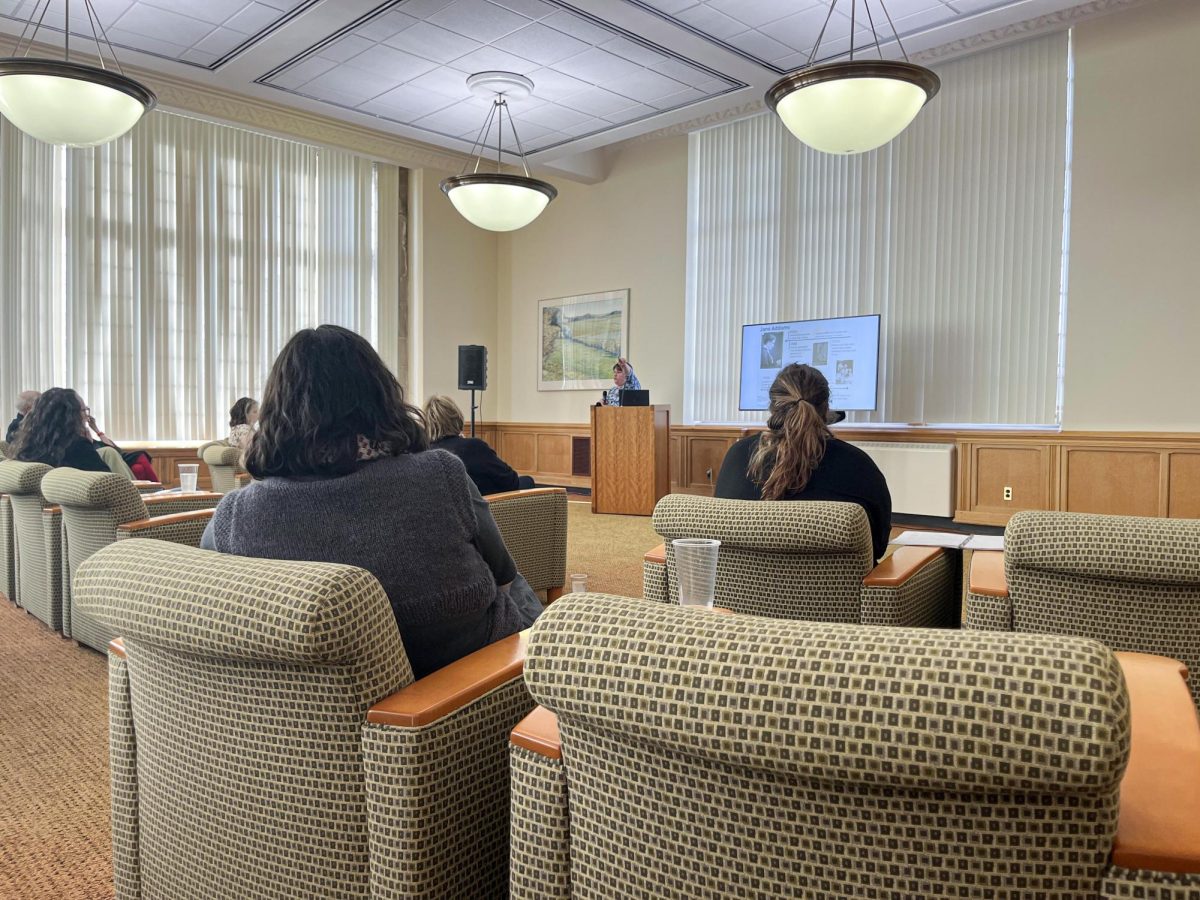
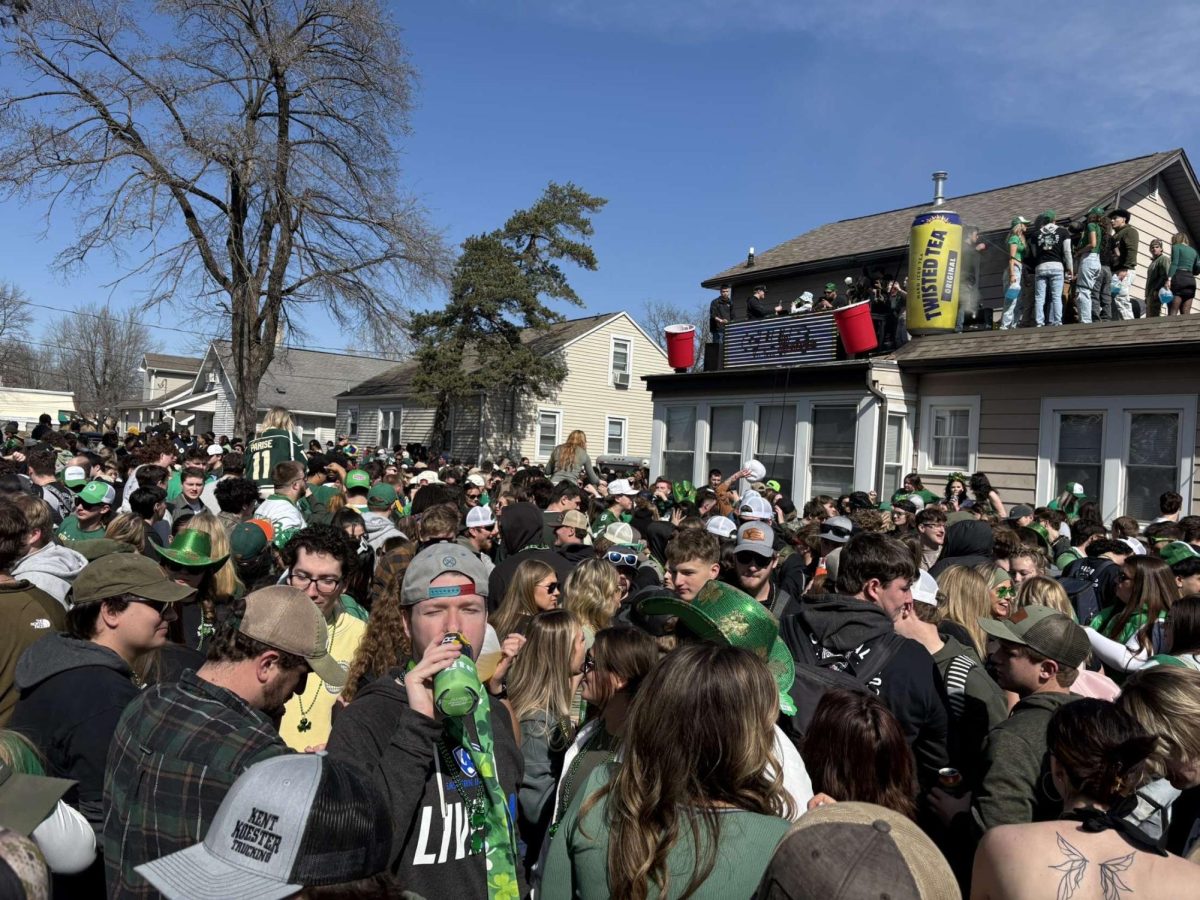
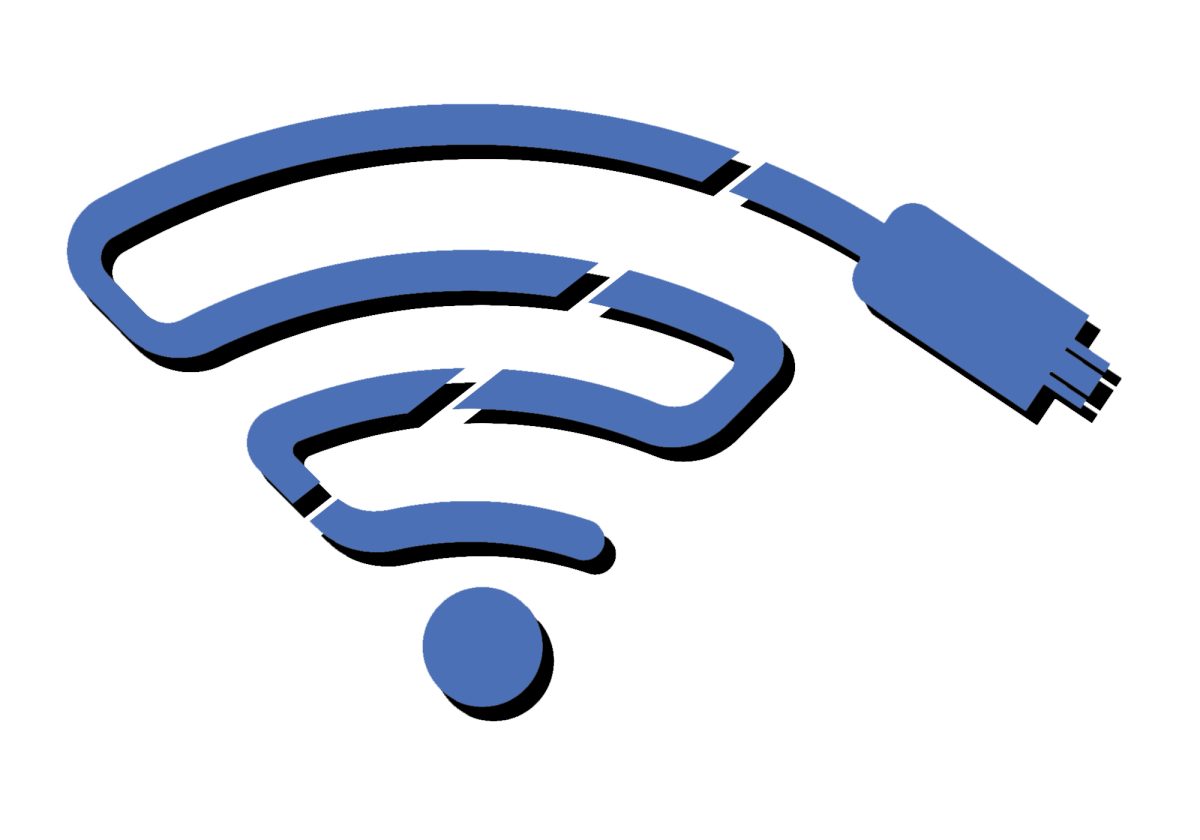
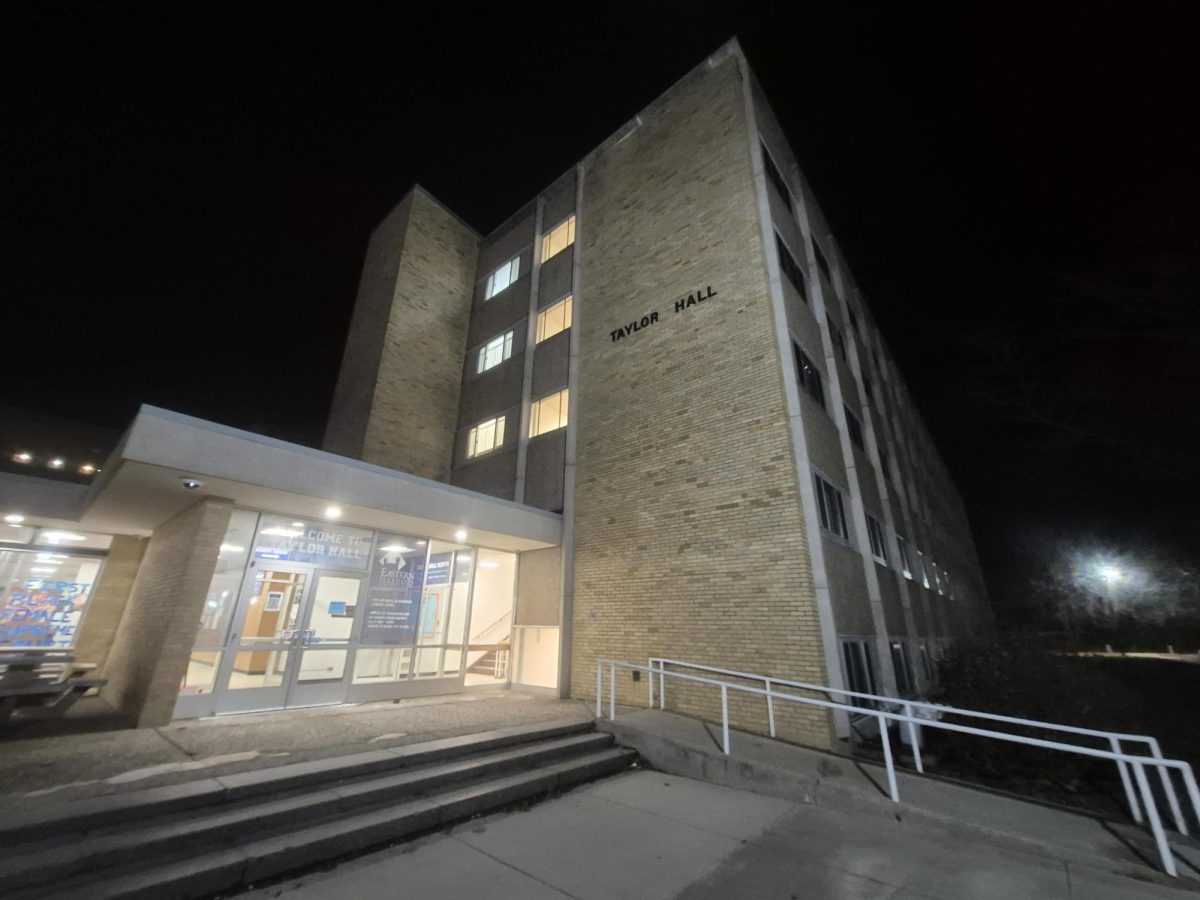
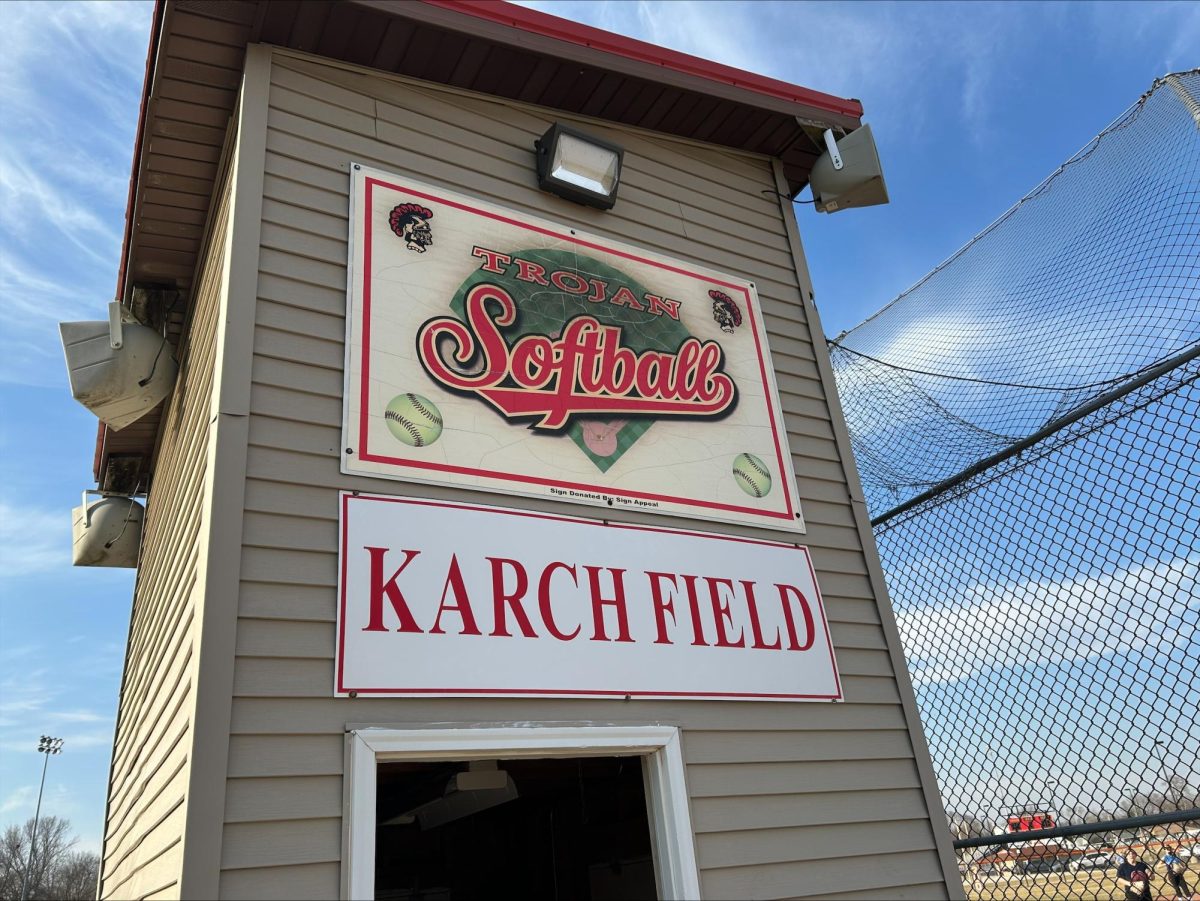

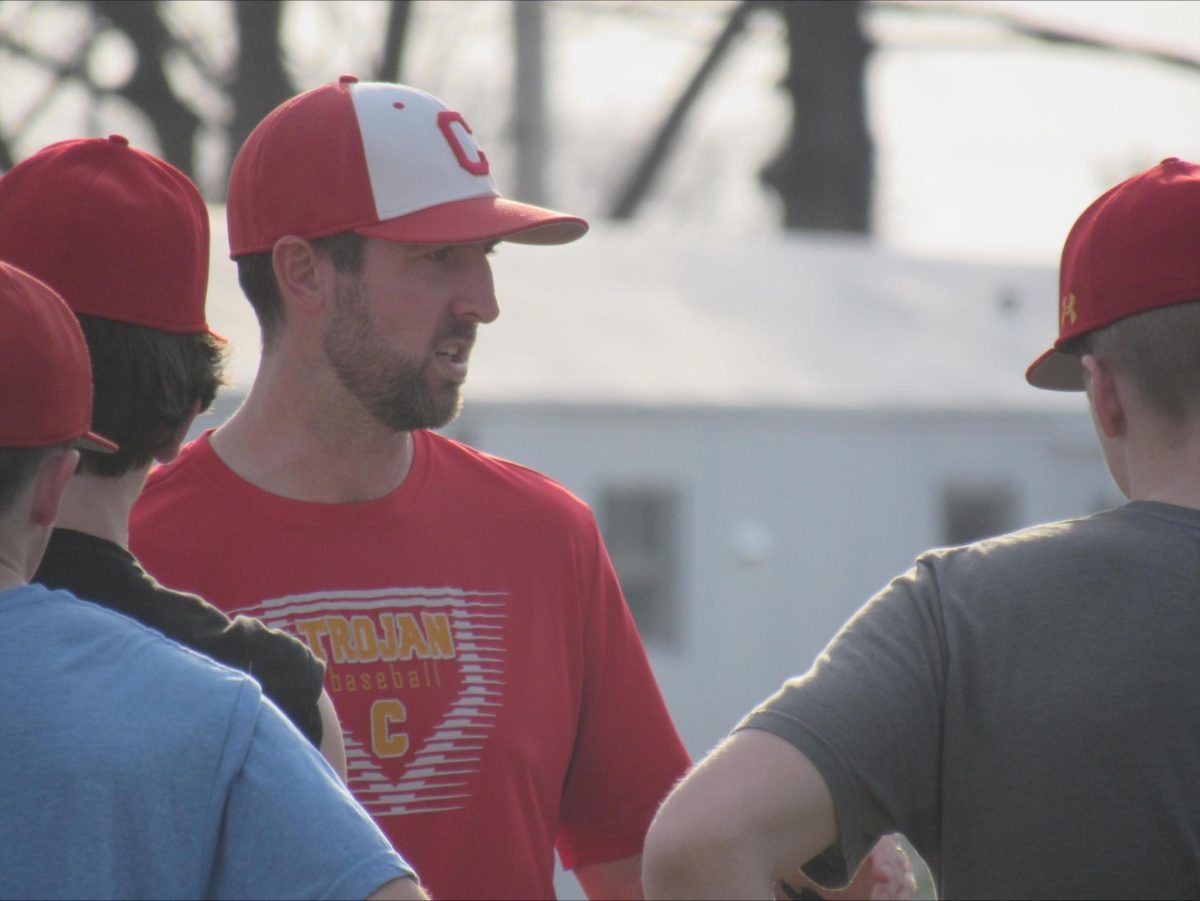
![[Thumbnail Edition] Eastern Illinois University baseball's hitting coach and recruiting coordinator Mike Pugliese urges players on the team to increase their effort after a slow start to its pregame routine at the team's first intrasquad scrimmage of the season at O'Brien Field on Jan. 31, 2025.](https://www.dailyeasternnews.com/wp-content/uploads/2025/03/BB_02_O-1-e1741909628540-1200x702.jpg)
![[Thumbnail Edition] Senior tennis player Luisa Renovales Salazar hits the tennis ball with her racket at the Darling Courts at the Eastern Illinois University campus in Charleston, ILL.](https://www.dailyeasternnews.com/wp-content/uploads/2025/03/Tennis_01_O-1-e1741807434552-1200x670.jpg)
![[Thumbnail Edition] Senior right-handed pitcher Tyler Conklin pitching in the Eastern Illinois University baseball team's intrasquad scrimmage at O'Brien Field in Charleston, Illinois on Jan. 31.](https://www.dailyeasternnews.com/wp-content/uploads/2025/03/TC_01_O-e1741567955534-1200x669.jpg)




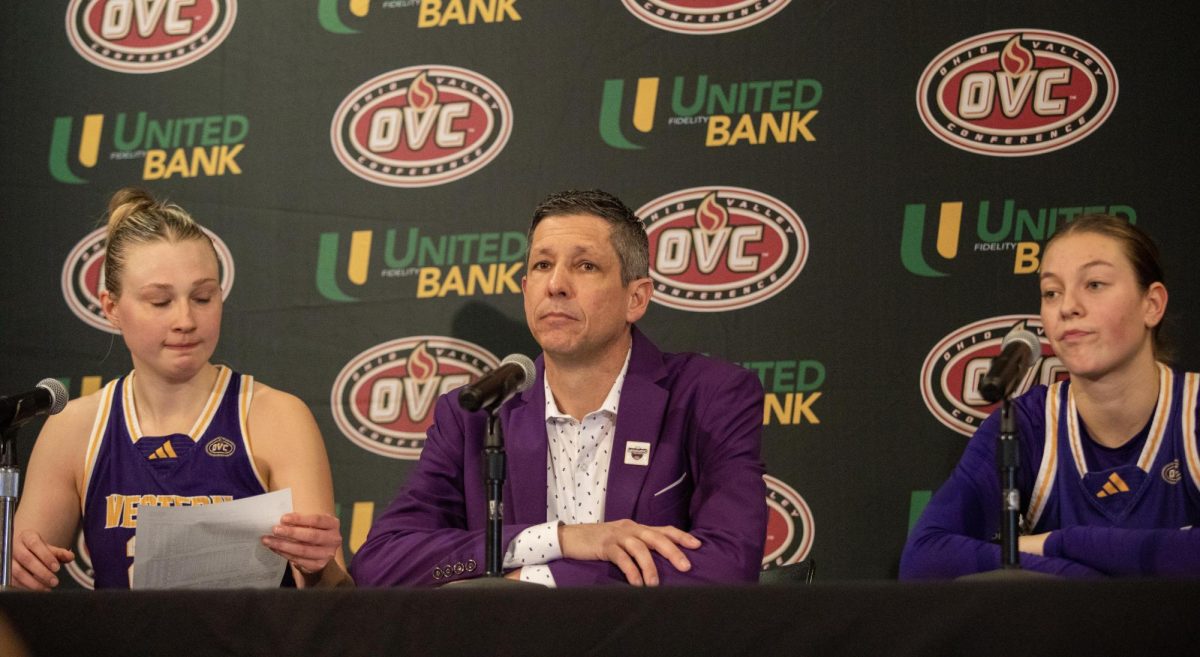
![[Thumbnail Edition] Senior, forward Macy McGlone finds an open teammate to pass the ball too during the game against the Tennessee State Tigers 69-49, in Groniger Arena on the Eastern Illinois University campus, Charleston Ill.](https://www.dailyeasternnews.com/wp-content/uploads/2025/03/WBB_02_O-1-e1741228987440-1200x692.jpg)


















![E[Thumbnail Edition] Eastern Illinois softball freshman utility player Abbi Hatton deciding to throw the softball to home plate in a fielding drill during softball practice at the field house in Groniger arena on Tuesday Feb. 11.](https://www.dailyeasternnews.com/wp-content/uploads/2025/03/SB_03_O-e1741208880750-1-e1741209739187-1200x815.jpg)

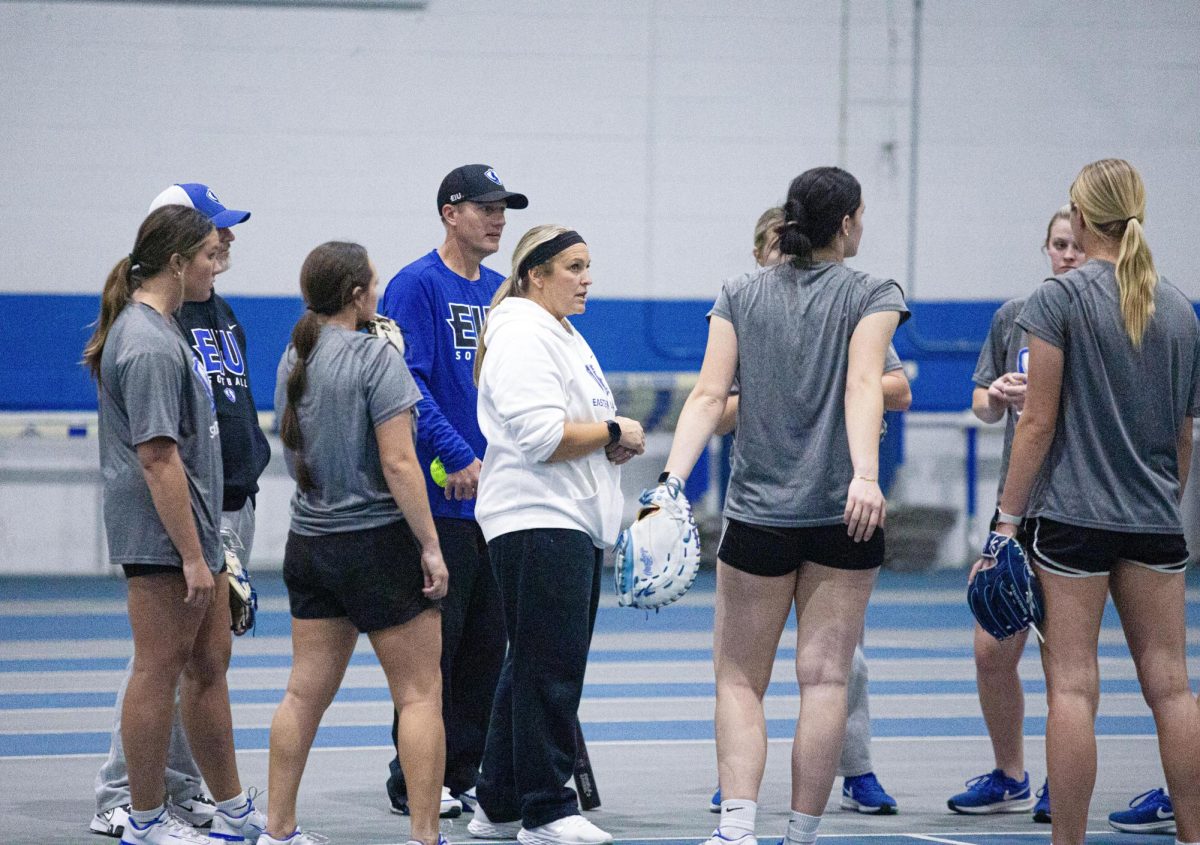













![The Weeklings lead guitarist John Merjave [Left] and guitarist Bob Burger [Right] perform "I Am the Walrus" at The Weeklings Beatles Bash concert in the Dvorak Concert Hall on Saturday.](https://www.dailyeasternnews.com/wp-content/uploads/2025/03/WL_01_O-1200x900.jpg)
![The team listens as its captain Patience Cox [Number 25] lectures to them about what's appropriate to talk about through practice during "The Wolves" on Thursday, March 6, in the Black Box Theatre in the Doudna Fine Arts Center in Charleston, Ill.](https://www.dailyeasternnews.com/wp-content/uploads/2025/03/WolvesPre-12-1200x800.jpg)


